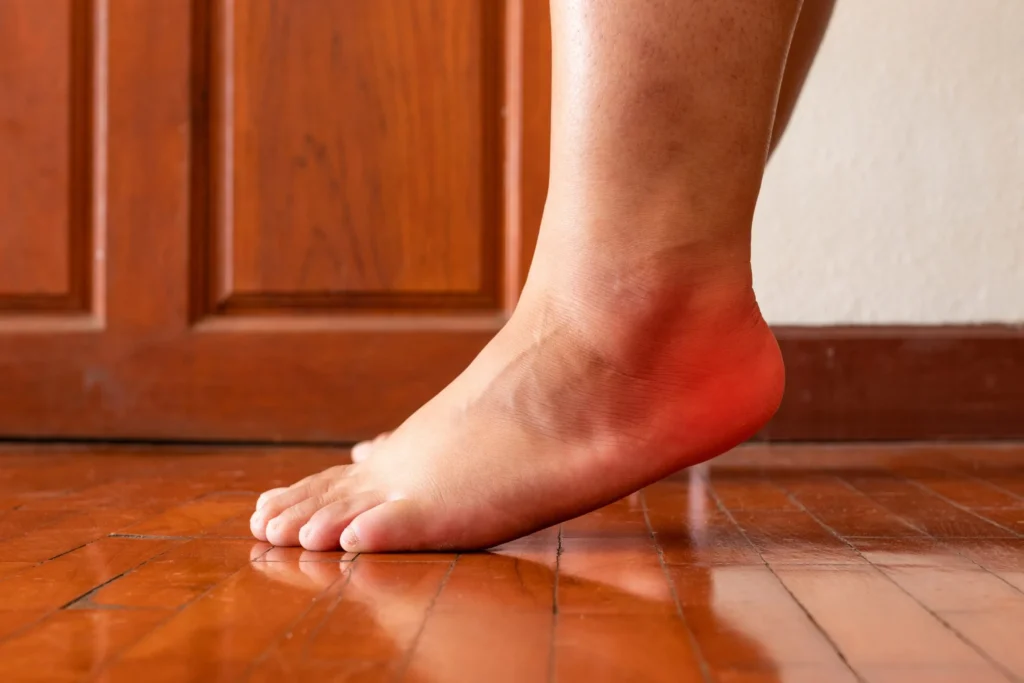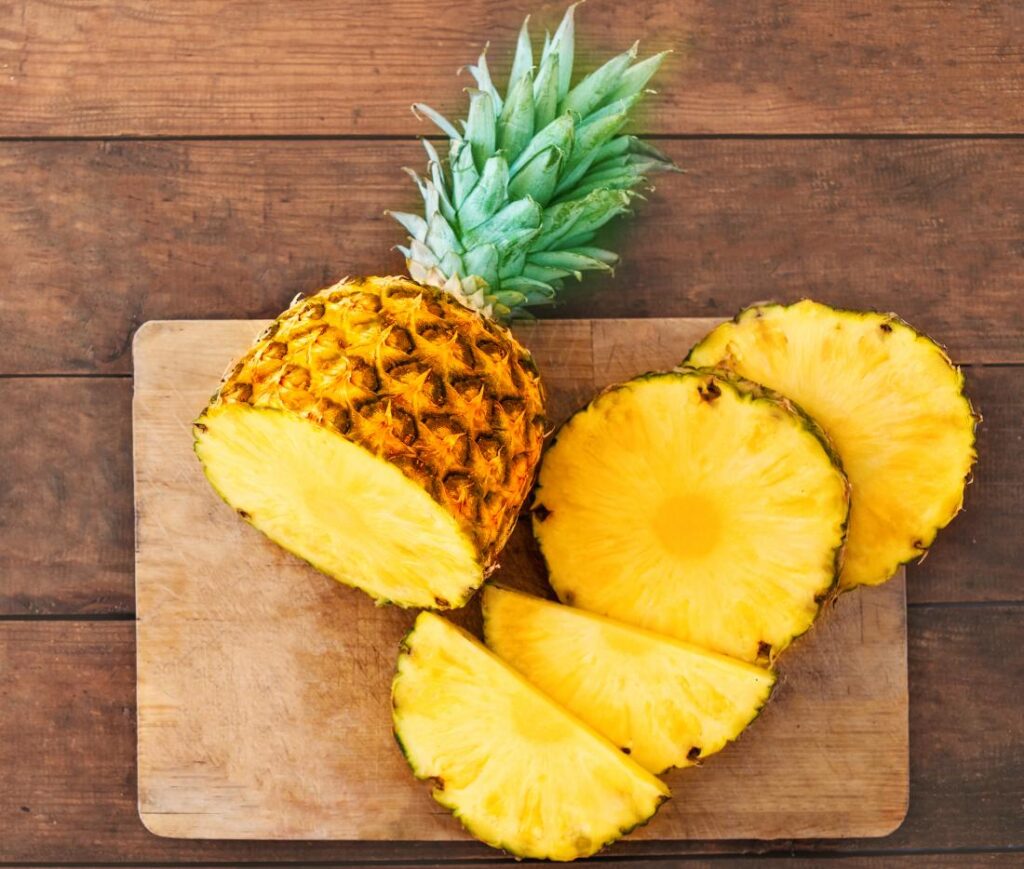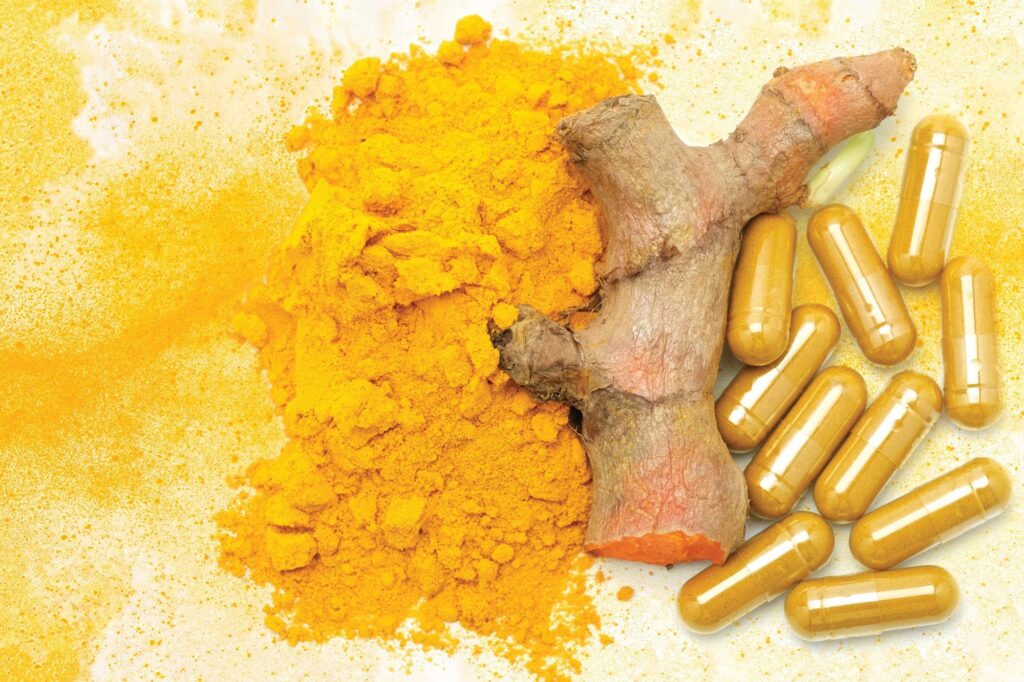The constant evolution of the internet has bestowed us with numerous opportunities to learn about absolutely anything that intrigues us, yet, we reach out to particular, once unavailable, pieces of information only when we find ourselves in unpredicted situations. Still, nobody dares to guarantee the veracity of the information they share, so the one who seeks the answer should always be careful about the sources they consult. Without further a due, we should narrow our focus on various foot injuries and particularly to Plantar Fasciitis, and provide you with a more in detail report on why bromelain and turmeric are important for treating them. Thus, read the following lines and learn about how to secure your body has everything it needs for fast recovery.
Medical History

People get injured for numerous reasons, but we should highlight the 3 most prominent factors that affect people all over the world. What is the most common reason people go to the doctor’s office is the physical damage. In a nutshell, a physical stimulus is the main cause of the injury, and depending on how serious it is, further treatment is prescribed. What is important to mention when physical injuries are in question is that in most cases, the injured is the one to be blamed for the injury. Surely, some injuries happen by accident, but not warming up before the practice and improperly performed exercises encompass the majority of incidents.
Another important aspect to take into consideration is the genetics of the injured. Unfortunately, even though certain people pay attention to maintaining a healthy lifestyle, specific influencing factors, such as genetic inheritance, cannot be modified as easily as a vast majority would prefer. Moreover, when it comes to genetic inheritance, the safest option is to examine the family genesis and determine whether particular amends in nutrition or lifestyle could make a difference or not.
Finally, it is of utter importance to mention nutrition. Due to the contemporary trend of doing everything on the go in order to get it all done in time, people tend to eat what they find along the way. Even though a vast majority do not realize the problem until they experience the consequences, they often turn a blind eye to the cause of it and adjust their food intake only until they start feeling better. On the other hand, others respect their food and consume it not solely for pleasure, but primarily for the benefits it potentiates.
Plantar Fasciitis

Plantar Fascia is a Latin name for the string that connects a man’s heel with the toes, and is stretchable by nature, so a healthy person can make all sorts of movements without feeling the slightest discomfort. Plantar Fasciitis onsets when the string’s wellbeing becomes compromised, either caused or assisted by the 3 aforementioned influencing factors.
The first symptom of Plantar Fasciitis is the unpleasant pain that limits the movement and causes extreme discomfort. It is the inflammation that causes the injured to feel unpleasant, and if they fail to treat it in its early stages, the issue can easily deteriorate. Due to their healing properties, both Bromelain and Turmeric have been used for years, sometimes as a dietary supplement, such Podivite, and sometimes as a cream that is applied directly to the affected area.
Bromelain

This enzyme in charge of breaking proteins into smaller particles rich in nitrogen can naturally be found in pineapples. Therefore, if you are a fan of exotic fruit, consuming it regularly should not be a problem for you. What you should be aware of is that excessive consumption of Bromelain can cause stomach cramps, so using it on your hand and without professional supervision is not something we would recommend.
Why Bromelain is interesting when treating Plantar Fasciitis is in question is because of its anti-inflammatory properties and the effect it has on injured feet. Apart from that, its features potentiate numerous chemical processes that relieve pain and stimulate healing. It is cherished among athletes not solely because of its healing properties, but also because it prevents blood clotting, which is of utter importance for the tissue rebuilding process.
Turmeric

Ayurvedic medicine might have originated from India, but it has impacted the whole world. Even though it is considered holistic, it remains one of the oldest traditional medicinal approaches to nurturing the whole body. Most importantly, the Ayurveda has introduced turmeric to the world, alongside its numerous healing features.
Similar to Bromelain, Turmeric is appreciated for its anti-inflammatory features. Even though they might seem to do the same thing, the approach Turmeric potentiates is quite different from what we experience when we use Bromelain. Namely, the injured feet area would be rich in numerous oxides secreted by both blood and lymph nodes every time inflammation occurs.
It is the Curcumin, one of the most represented anti-oxidants coming from Turmeric that fights the trouble starters off and prepares the injured tissue for further recovery. Even though the most common fashion to consume Turmeric is oral, applying different products such as creams and oils is considered a valid tool for treating the injury.
We should emphasize that Turmeric comes from a stem and indicate that a vast majority of Bromelain we use today also comes from a particular stem, which is in charge of harvesting nutrients for the pineapple plant. Now, in order to speed up the recovery process, you should not only try using each of the aforementioned substances on their own but also combine them and apply them in different ways.
Hopefully, the aforementioned pieces of information about Turmeric and Bromelain and how their features affect both different leg injuries and Plantar Fasciitis will help you and those around you to successfully treat any issue that troubles you. Do bear in mind that nothing happens overnight, and that the speed of recovery depends not only on the current status but also on the sequence of events that caused the injury.

